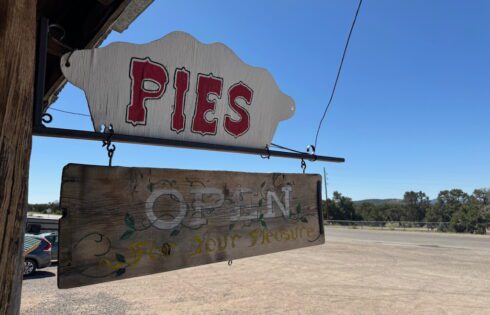
We Visited Pie Town, New Mexico: The Desert Town That Pie Built
In the high country of central New Mexico, there’s a little place called Pie Town. Yes, it’s a real town, and yes, it’s named after pie. Sitting at around 8,000

In the high country of central New Mexico, there’s a little place called Pie Town. Yes, it’s a real town, and yes, it’s named after pie. Sitting at around 8,000
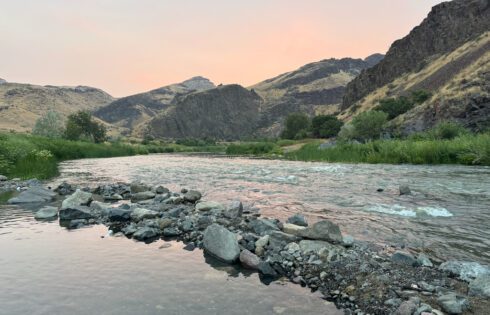
It’s hard to beat soaking in a natural hot spring, especially when you have such magnificent views to enjoy. Snively Hot Spring, located in eastern Oregon near the border with
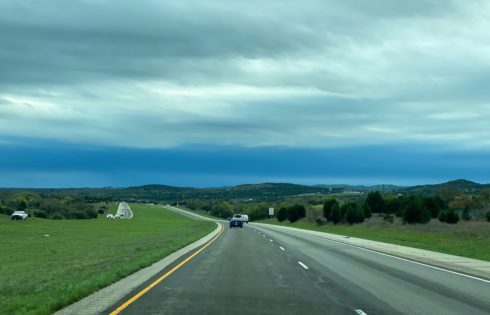
In this article, we’re going to take a look at different distances required to travel from one end of the United States to another. We will dissect the country into
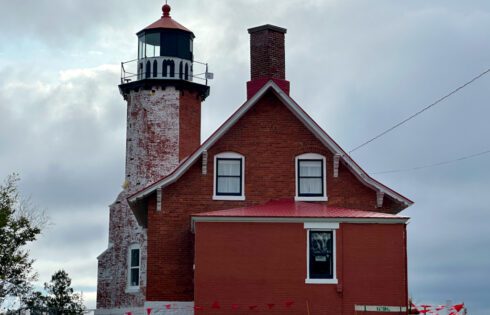
Located in the Upper Peninsula of Michigan, the Keweenaw Peninsula offers a range of exciting experiences, from discovering enchanting waterfalls to hunting for Yooperlites. You can dive into history by

Zion National Park is known for its extraordinary hikes—Angels Landing, The Subway, The Narrows—and the list goes on. Most people hit the trails chasing those jaw-dropping views. But honestly, some
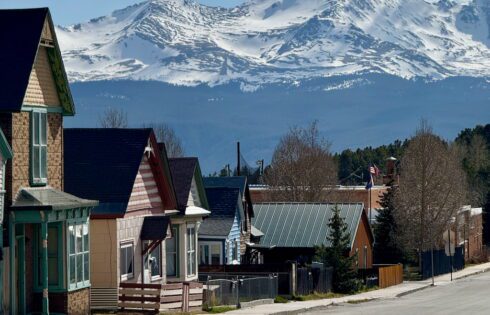
Our latest adventures took us to Leadville, Colorado, where we spent about two months soaking up life at serious altitude. Leadville’s big claim to fame? It’s the highest incorporated city

Tucked high in the Colorado Rockies at over 10,000 feet, Leadville is a historic mining town known for its rugged charm, scenic mountain views, and rich Wild West past. Once

If you’ve ever been on a road trip in Texas chances are you or someone in your car has wanted to stop at Buc-ee’s. Over the years, Buc-ee’s has established
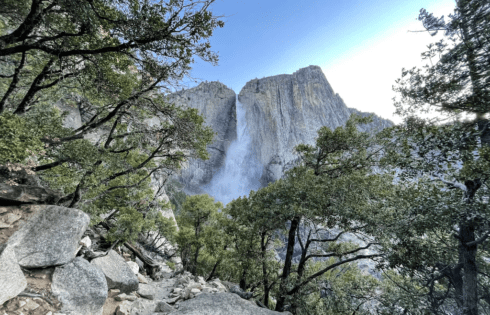
If you’re looking for a hike that delivers jaw-dropping views, serious elevation gain, and the chance to stand beside North America’s tallest waterfall, the Upper Yosemite Falls Trail is calling
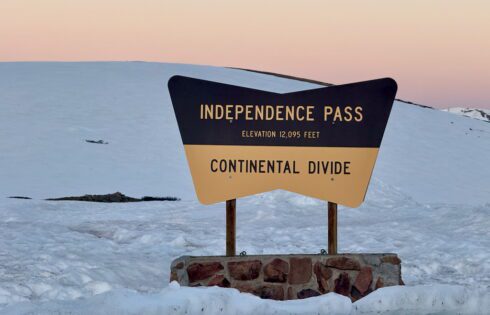
If you’ve spent any time exploring Colorado, chances are you’ve heard people talk about the “Continental Divide“—but what exactly is it, and why do people make such a big deal
| Cookie | Duration | Description |
|---|---|---|
| cookielawinfo-checkbox-analytics | 11 months | This cookie is set by GDPR Cookie Consent plugin. The cookie is used to store the user consent for the cookies in the category "Analytics". |
| cookielawinfo-checkbox-functional | 11 months | The cookie is set by GDPR cookie consent to record the user consent for the cookies in the category "Functional". |
| cookielawinfo-checkbox-necessary | 11 months | This cookie is set by GDPR Cookie Consent plugin. The cookies is used to store the user consent for the cookies in the category "Necessary". |
| cookielawinfo-checkbox-others | 11 months | This cookie is set by GDPR Cookie Consent plugin. The cookie is used to store the user consent for the cookies in the category "Other. |
| cookielawinfo-checkbox-performance | 11 months | This cookie is set by GDPR Cookie Consent plugin. The cookie is used to store the user consent for the cookies in the category "Performance". |
| viewed_cookie_policy | 11 months | The cookie is set by the GDPR Cookie Consent plugin and is used to store whether or not user has consented to the use of cookies. It does not store any personal data. |
